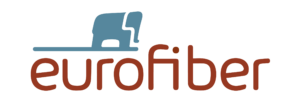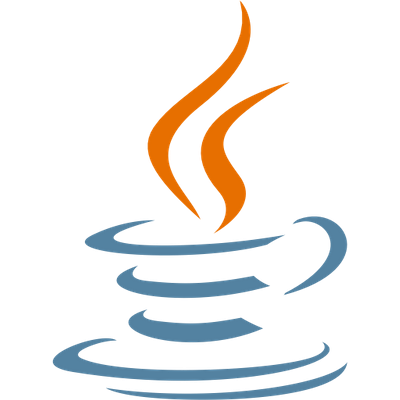“For the past year and a half, we have been seriously working on development together. The first items have been delivered and are in production. We are now looking at bringing other products and services under the orchestration layer umbrella: Eurofiber’s operational teams can indicate which processes are time-consuming and need to be automated when it comes to delivery of products and services. “In addition, NetRom is working on a system that brings together all of Eurofiber’s fiber optic assets. This is necessary because with every piece of infrastructure added as a result of an acquisition, specific software was also introduced.”
“Consolidating your IT landscape makes sense for several reasons,” Deumer explains. “From an IT perspective, it saves on management and maintenance costs. It also makes management easier because you don’t need to keep different competencies up to date. For sales, a clear overview is a requirement for doing business effectively. With the new functionality, it will be possible for potential (international) customers to enter a postcode and house number and see which fiber optic services we offer in various locations.”
How is the collaboration going?
The NetRom developers are all part of mixed teams, Deumer explains: “One of the technical-operational teams includes two software developers and a QA specialist; for maintenance and management of the legacy system, we rely on three NetRom colleagues.”
Initially, Deumer had reservations about outsourcing software development when he started at Eurofiber some six years ago. However, his views have changed completely. As far as he is concerned, NetRom’s capacity adds value in several areas. “For us, NetRom primarily ensures flexibility, quality and continuity. NetRom’s developers are an integral part of our teams. The advantage of composite teams is the fact that you don’t need to actively manage everything yourself and transfer and integrate everything at the end of a project.”
Knowledge Retention
“We provide product owners and scrum masters. In addition, NetRom ensures we don’t need to draw up new agreements or conclude contracts for every new functionality. Because they are an integral part of the team, there is no knowledge gap. Knowledge retention is essential for the management of the legacy system; that’s why the fact that NetRom manages this almost entirely independently is an advantage.”
Couldn’t Eurofiber also strengthen its teams in the Netherlands through external hiring? “That can be done, and we have been known to do this, but it’s very difficult to find people willing to maintain an older system, to train them, and then retain them for more than six months. We could hire freelancers, but there’s no guarantee of continuity.”
“NetRom ensures knowledge retention, even when someone moves to a different position. In addition to flexibility, NetRom ensures continuity. Of course, the hourly rates are attractive, when it comes to software development, although this is only a consideration if the quality is good. In short, the discussion about where to assign which tasks regularly recurs. NetRom recently added Salesforce services to its offering, and we are exploring whether this might fit in with Eurofiber’s software development vision for the future. Another example of our partnership.”







